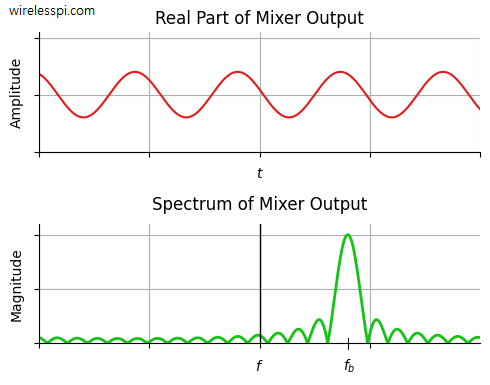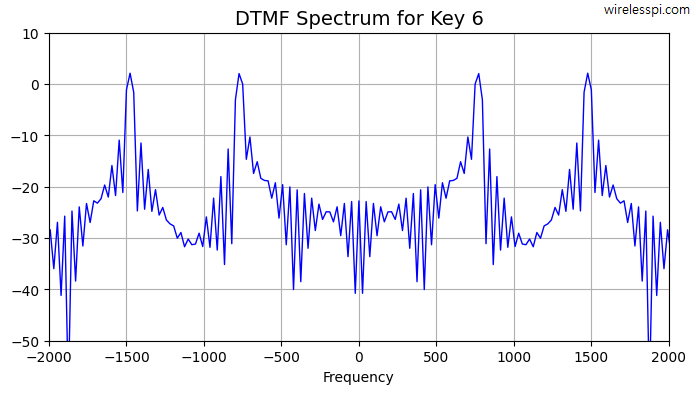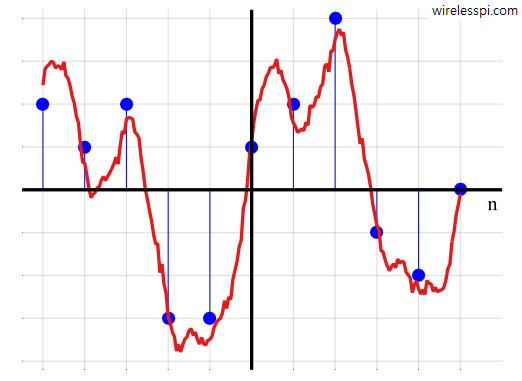In this article, we derive the spectrum of a complex sinusoid that acts as the basis for all spectra. In fact, the very definition of the Fourier Transform, whether continuous or discrete, comes from the perspective of a complex sinusoid. Therefore, exploring this derivation will be useful in everything else we learn about DSP. For an in-depth understanding of complex signals and I/Q processing, you can read the following two articles (the option of downloading them as PDF is available). The origin of complex numbers and signals I/Q signal processing Let us start with the continuous-time case. A Continuous-Time Sinusoid
Continue reading



